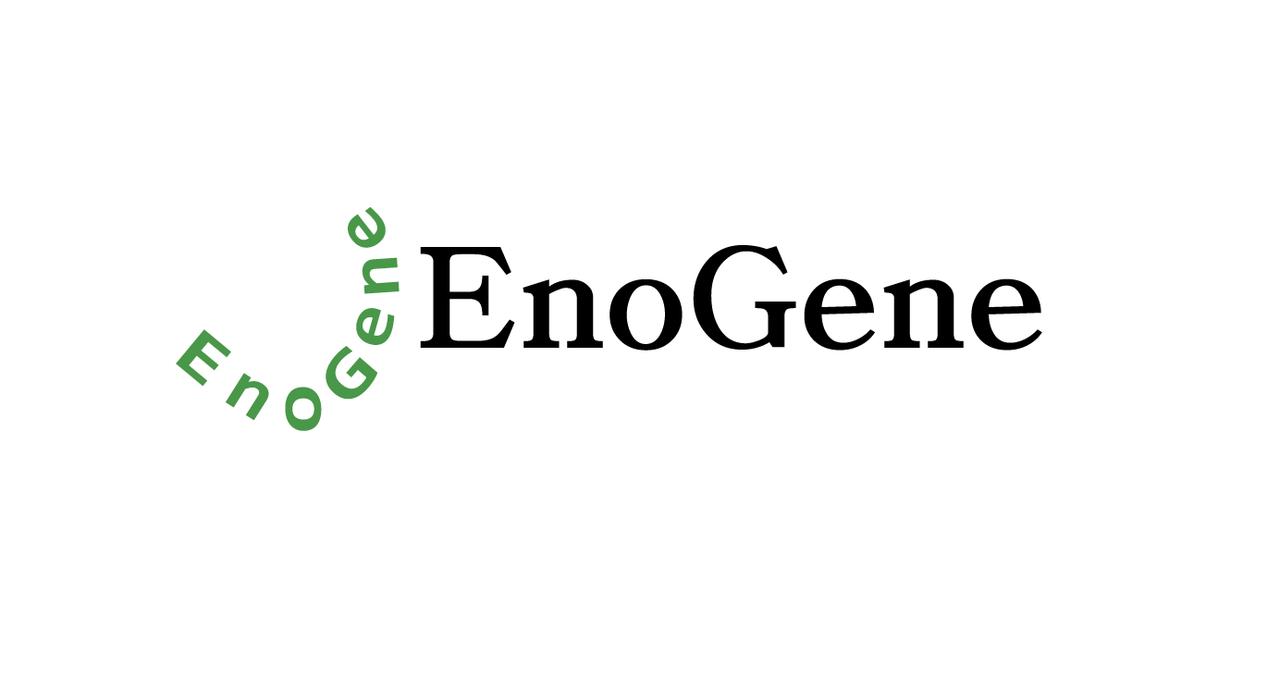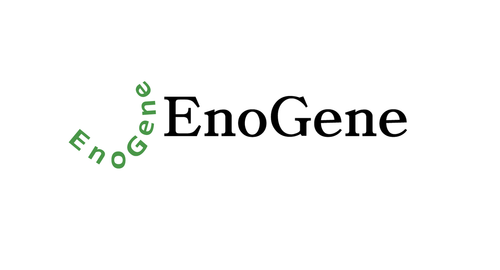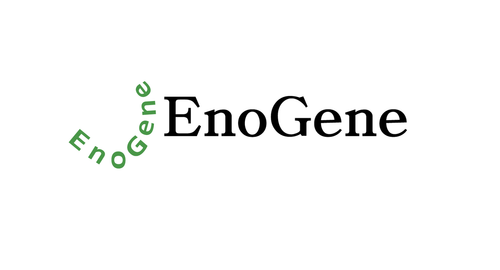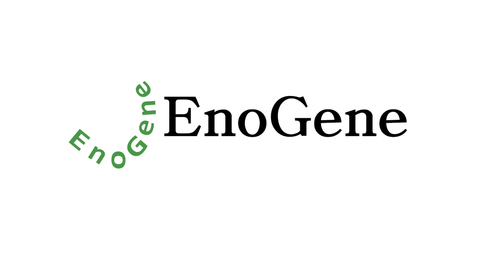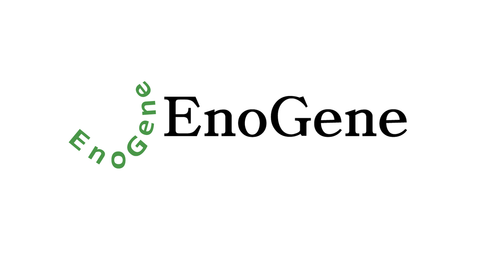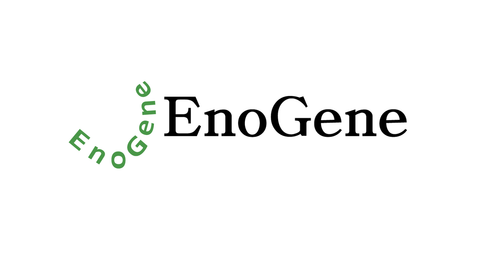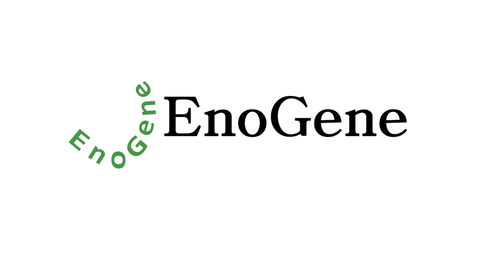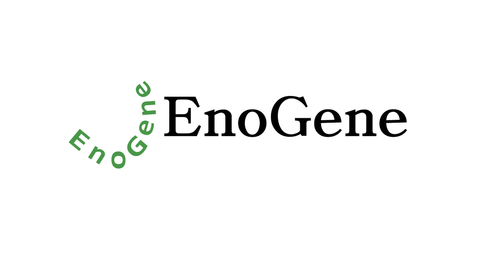Product Description
IL-31 | E21-053 | EnoGene
Short Description: Recombinant Human Interleukin-31 is produced by our E.coli expression system and the target gene encoding Ser24-Thr164 is expressed.
Shipping: Ambient
Formulation: Lyophilized from a 0.2 μm filtered solution of 20mM PB, 150mM NaCl, pH 7.4.
Storage: Lyophilized protein should be stored at < -20°C, though stable at room temperature for 3 weeks.
Reconstituted protein solution can be stored at 4-7°C for 2-7 days.
Aliquots of reconstituted samples are stable at < -20°C for 3 months.
Reconstitution: Always centrifuge tubes before opening. Do not mix by vortex or pipetting.
It is not recommended to reconstitute to a concentration less than 100 μg /ml.
Dissolve the lyophilized protein in ddH2O.
Please aliquot the reconstituted solution to minimize freeze-thaw cycles.
Purity: Greater than 95% as determined by reducing SDS-PAGE.
Endotoxin: Less than 0.1 ng/µg (1 IEU/µg) as determined by LAL test.
Background: Human Interleukin 31 (IL-31) is a cytokine containing a four-helix bundle structure. It shares several structural and functional characteristics with IL-6, Oncostatin M, LIF, and Cardiotrophin-1. Human IL-31 cDNA encodes a 164 amino acid precursor that contains a 23 amino acid signal peptide and a 141 amino acid mature protein. Human and mouse IL-31 share 24% sequence identity in the mature region. IL-31 is mainly associated with activated T cells and is preferentially expressed by type 2 helper T cells (Th2) . IL-31 signals via a heterodimeric receptor complex composed of a gp130 related molecule termed IL-31RA (also GPL and GLMR) and an Oncostatin M receptor (OSM Rβ) . The IL-31 receptor is constitutively expressed by keratinocytes and upregulated by IFNγ on monocytes. GPL/OSMR signaling is a strong activator of STAT3 and STAT5, and can also activate STAT1, Jak1, and Jak2 signaling pathways. IL-31 regulated immune responses have been implicated in skin physiology and inflammatory skin diseases. Studies have shown that IL31 induces severe pruritis (itching) and dermatitis in transgenic mice.
Species: Human
Expression System: E.coli
 Euro
Euro
 USD
USD
 British Pound
British Pound
 NULL
NULL

